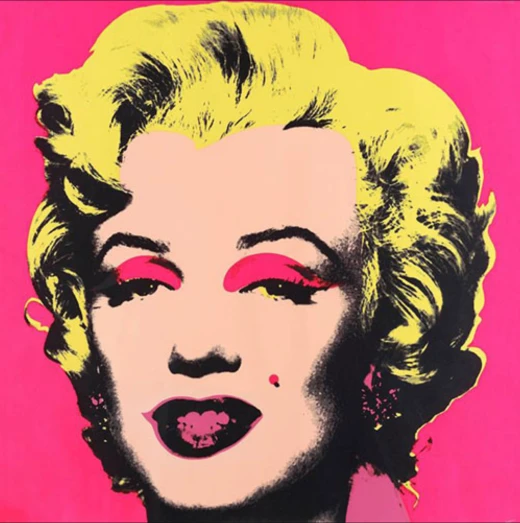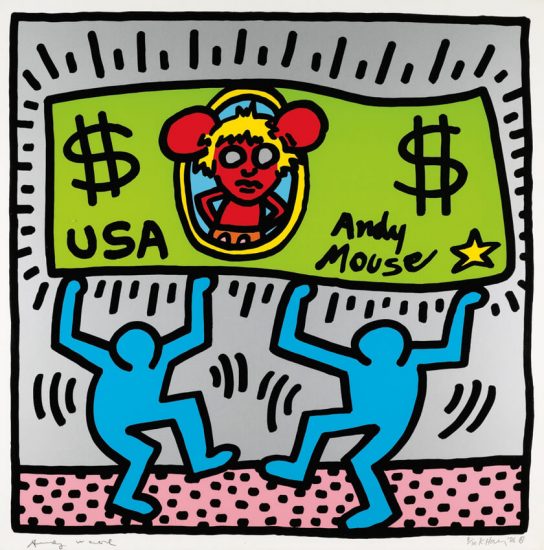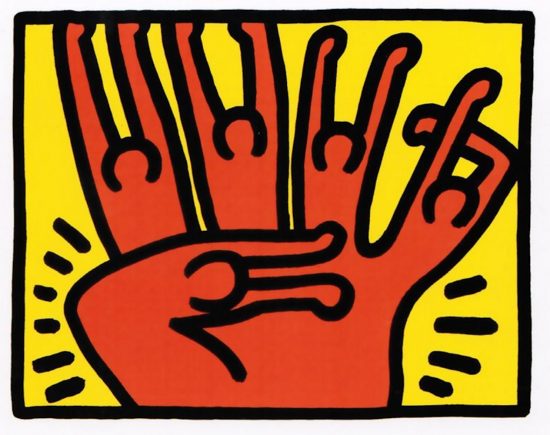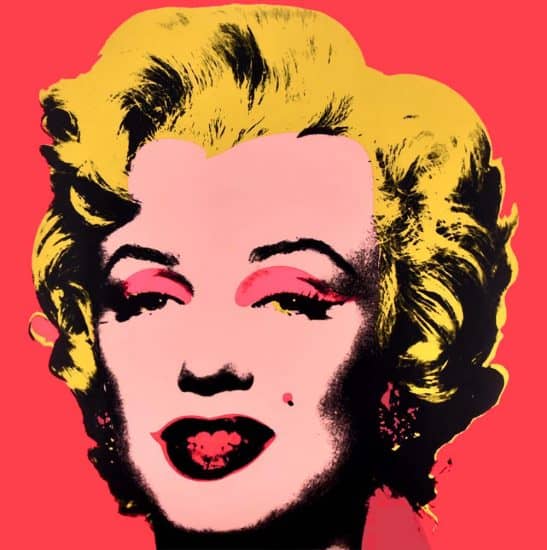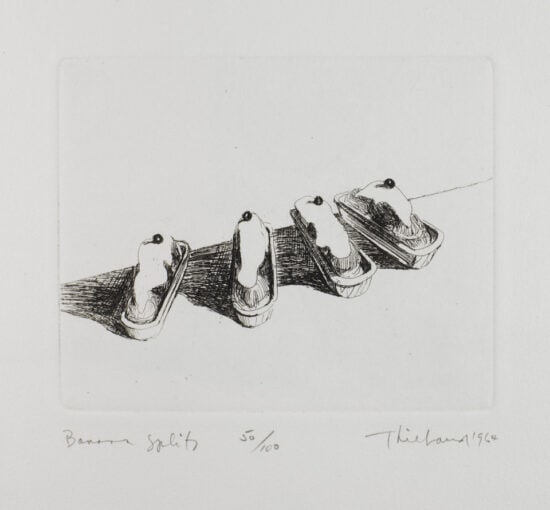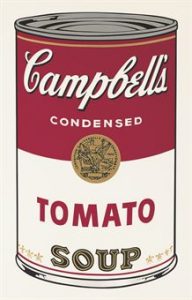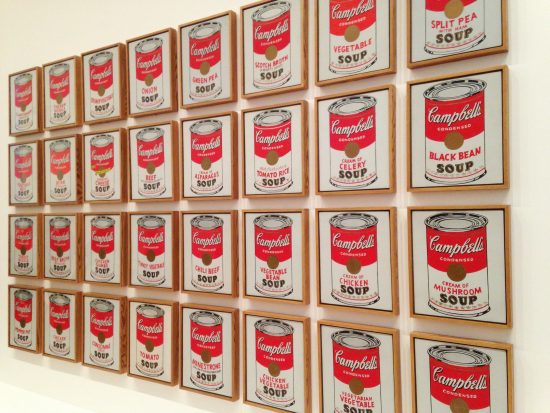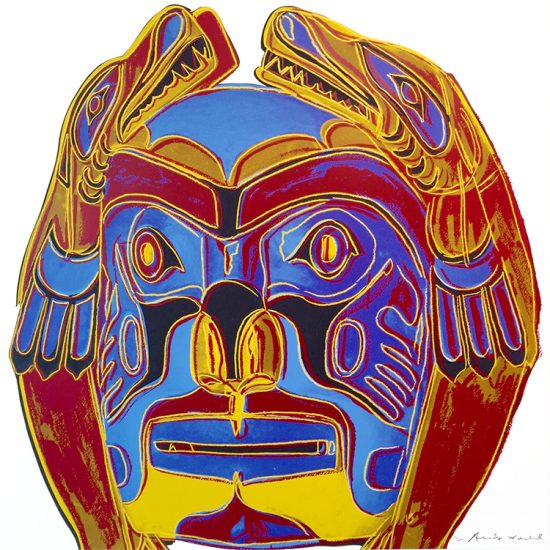Andy Warhol, a visionary artist synonymous with the Pop Art movement, not only revolutionized the art world but also made an indelible mark on the music industry through his innovative album cover designs. From The Velvet Underground to The Rolling Stones, Warhol's creative prowess extended beyond the canvas to the realm of vinyl, leaving a lasting impact on the visual and auditory landscapes.
Andy Warhol’s* Banana has become an internationally recognized symbol of Warhol, the pioneer of American Pop Art. Perhaps the most emblematic of Warhol's album cover designs is the iconic banana featured on "The Velvet Underground & Nico*" album (1967). The cover, featuring a vibrant, peeling banana sticker, encapsulated Warhol's distinctive fusion of art and popular culture. The interactive nature of the peelable banana sticker encouraged listeners to engage with the album on a tactile level, a unique experience in the realm of music.

Warhol's choice of a banana, a symbol that is both mundane and provocative, underscored his ability to blur the lines between high and low art. The design challenged conventional notions of album cover art, setting a precedent for the marriage of music and visual artistry. The pop art Banana image was reproduced to create multiple pieces of art, becoming one of the most celebrated icons in American art history.
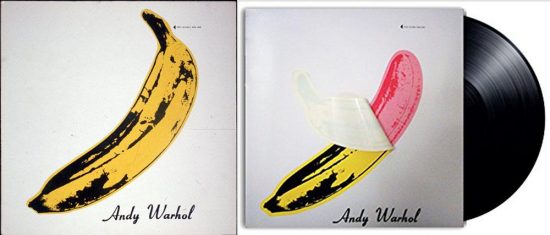
The New York-based rock band, The Velvet Underground, founded by Lou Reed, sought out the reigning king of Pop Art, Andy Warhol, to manage their band’s first album featuring Nico. Reed, hungry for fame, knew this collaboration with Warhol would create a powerful dynamic, destined to generate publicity and fame.
Warhol’s innovative album cover featured the image of a banana covered by a banana-skin sticker that fans could pull back to reveal the flesh-colored fruit underneath. Written on the album cover above the banana was the invitation to “Peel Slowly and See.” This interactive and artistic sensation would forever be a trademark for the band as well as for Warhol.
"The symbol has become so identified with The Velvet Underground … that members of the public, particularly those who listen to rock music, immediately recognize the banana design as the symbol of The Velvet Underground."
Lou Reed [2]
As Warhol intended, the image of the banana, with its sexually charged innuendo, gained national attention for The Velvet Underground an enduring immortality of their collaboration with the prolific Warhol. Despite the fact that the album was not a commercial success, it has been called the “most prophetic rock album ever made” and was ranked the 13th greatest album of all time by Rolling Stone magazine.
Warhol’s renowned signature style, defined by his fascination with consumer culture, showcases mundane objects as primary subjects, such as the banana, to symbolize the rise in mass production and distribution during his time. The controversial album cover and its banana achieved widespread attention for the artist and his portrayals of consumerism.
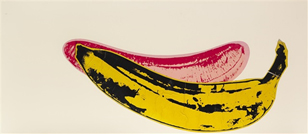

Typical of the artist, Warhol reproduced imagery from existing commercial sources, such as the banana from the album cover, to create works in various mediums throughout his career. He made paintings, photographs and print editions, including silkscreens and screenprints, inspired by the Banana. Other images that became prime subject matter and iconic images of his work included the Cambell’s Soup Can, Marilyn Monroe, Coca-Cola bottle and Mickey Mouse.
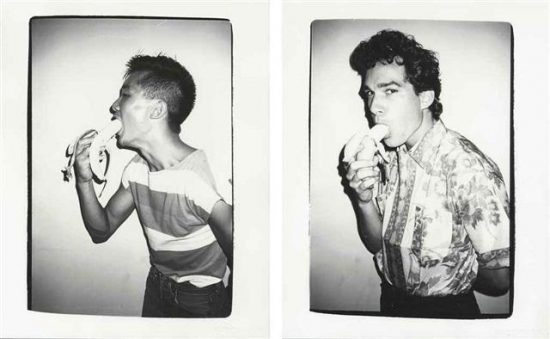
Warhol's impact on album cover art extended beyond his designs; his collaborative spirit left an enduring legacy. His interactions with musicians and his presence in New York City's vibrant music scene solidified his reputation as a bridge between the art and music worlds. His famous "Factory" studio became a hub for creative minds, fostering collaborations that transcended traditional boundaries.
Warhol's artistic sensibilities transformed album covers from functional protective sleeves into thought-provoking visual statements. His designs transcended their utilitarian purpose, inviting listeners to engage with music on a multidimensional level.
Andy Warhol's album covers are more than visual accompaniments to music; they are artistic expressions that revolutionized the relationship between visual art and music. From the iconic banana on "The Velvet Underground & Nico" to the provocative imagery of "Sticky Fingers," Warhol's designs challenged norms, provoked thought, and transformed album covers into cultural artifacts.
His legacy extends beyond his individual designs, as he shaped the intersection of art and music, leaving an enduring impact on both industries. Andy Warhol's album covers stand as a testament to his artistic vision, forever altering the way we perceive and experience the fusion of sound and sight.
Long after Warhol’s death in 1987, the Banana continued to generate controversy. In 2012, Lou Reed and former Velvet Underground band member John Cale sued The Warhol Foundation for the Visual Arts in New York to stop a reported plan to license the use of the Banana image on iPad accessories. The lawsuit alleged that the Banana was a symbol of the band and as such gave them a claim to it. The legal controversy also revealed that the Banana design was never registered with the Copyright Office. After the parties reached a private settlement, the federal judge dismissed the lawsuit.[6] One can confidently assume Warhol would be satisfied with this resolution, as the basis of his artwork was to call attention to mass production and encourage freedom of expression in a robust art market.
This controversial event further highlights the importance of the Banana and its existence as an artwork apart from The Velvet Underground’s cover album. The famous Banana, even without its suggestive peel-off skin, will forever be one of the most valuable icons created by Andy Warhol.
[1] Weaver, Cat, and Cat Weaver. “Who Owns Warhol's Banana?” Hyperallergic, Hyperallergic, 7 Feb. 2012, https://hyperallergic.com/46642/warhol-banana/.
[2] "The Velvet Underground v. The Andy Warhol Foundation for the Visual Arts, Inc., No. 1:2012cv00201 - Document 30 (S.D.N.Y. 2012)." Justia Law. Accessed March 15, 2019. https://law.justia.com/cases/federal/district-courts/new-york/nysdce/1:2012cv00201/390369/30/.
Analyse: Andy Warhols Banana, 1967 in het Nederlands
*As an Amazon Associate I earn from qualifying purchases.

